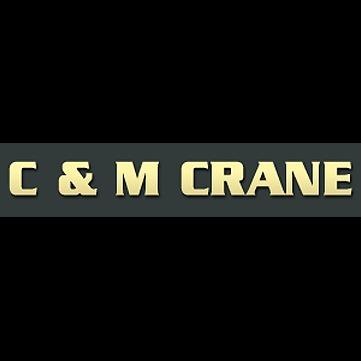The ancient Greeks are credited with the invention of the construction crane. Their construction cranes were typically either man- or donkey-powered.
Until the late 1700s, operating a crane was a very dangerous business. Manpower was the only force preventing treadwheels or capstans from unexpectedly reversing, causing the load to suddenly plummet on workers below.
What did people use to construct buildings before the crane was invented? Ramps and a lot of manpower. Because ramps required a large amount of manpower and energy, cranes quickly became the preferable choice for construction.
When needed, overhead crane tracking systems can be freestanding and not rely on the building's frame or structure. This adaptability allows installation of overhead cranes in almost any environment. If you are not sure if one can be installed on your site, call in our team of professionals for an evaluation.
Do you have a setup in your warehouse or factory that doesn’t work for a standard crane setup? Don’t worry, we love a challenge. Our crane experts will be able to design the perfect custom layout or setup to fit your space.
Installation of an overhead crane system does not have to take place only during building construction. Most industrial buildings can be retrofitted when needed. If necessary, outdated systems can be upgraded or replaced either in part or completely.
Hydraulic truck cranes are considered the gold standard in mobile cranes. In fact, hydraulic truck cranes are the go-to crane for large projects like bridge construction, airport construction, high-rise building, and highway construction. Hydraulics cranes use hydraulic oil and pistons to lift thousands of pounds of materials, tools, and other equipment.
Unfortunately, you don't always have smooth, even surfaces when you need a crane, which is why rough terrain canes are built. These specialty truck-mounted cranes are especially built for off-road applications, and use outriggers to give them the extra stability they need.
Even if you’re doing the same thing with your crane as someone else, you’ll be using your crane differently with different loads. When you work with a crane specialist to make your crane, you can be sure that he or she will make the crane to fit your requirements.
Offloading awkward and overly bulky cargo from ships in port can be expedited with floating cranes. Whether mounted on dedicated barges or pontoons, they can hoist up to 10,000 tons, expanding the scope of work that can be performed.
When space is limited, a jib crane is the best option, as it can be easily mounted to a wall or other existing structure. In addition, it can be placed on a moveable base for motorized or manual relocation.
On one level, cranes are simply extensions of one of the simple machines – the pulley. Over time, pulleys were compounded to increase the weight that could be lifted with the same amount of energy. Eventually winches and capstans were added to create lifting towers, essentially the prototype of the crane.
As early as the first century, cranes were built that were powered by human beings or animals operating a treadmill or large wheel. These early cranes consisted of a long wooden beam, known as a boom, connected to a rotating base.
Did you know that the first construction cranes were invented by the ancient Greeks and were often powered by work animals such as donkeys? These cranes were actually used in the construction of many of the buildings that culture is known for.
An important safety factor when operating a crane is that the chain or wire should always be in a taut position prior to lifting a load. A hook should never be run with a slack chain, and the operator needs to take care not to bend the chain or wire on sharp edges.
All-terrain cranes are awesome machines because they're able to move fairly fast and can make use of public roads. However, what makes them truly interesting is that they can also traverse rough terrain and can hoist up to 1200 tons.
One of the most important developments in crane design occurred during the Middle Ages. At this time, a horizontal arm (today known as a job) was added to the boom, attached in such a way that enabled it to pivot, allowing for an increased range of motion.
The invention of the compound pulley was revolutionary. Not only could one individual hoist significantly more weight, but with the proper rigging and pulley configuration, a rope with 110 lbs of tensile strength could hoist weights greater than 550 lbs.
Cranes have played a vital role in building construction for thousands of years. In fact, the ancient Roman Empire as well as the Greeks and Egyptians used crane-like apparatuses to help construct some of their greatest buildings and monoliths.
If you require that loads land on blocking, the blocking must be sturdy and sufficient so as to prevent damage to the slings, and stable enough to prevent tipping or roll-off during landing, unhooking, and unslinging.
Did you know that early cranes relied on human or animal power in order to operate all the way until the middle of the nineteenth century? Around this time, steam engines were developed, and by the end of the nineteenth century internal combustion engines and electric motors were used.
Rough terrain cranes are the best choice for jobs that require a vehicle with off-roading ability. Rough terrain cranes are mounted to an undercarriage that contains special rough terrain tires with the outriggers stabilizing it.




